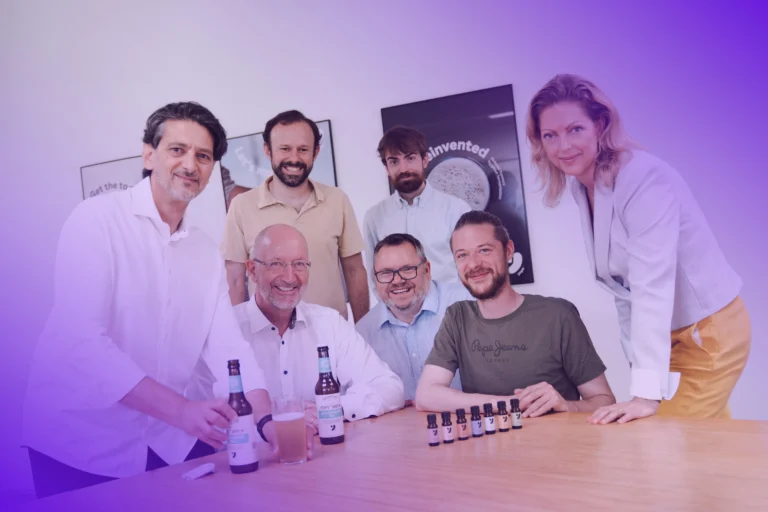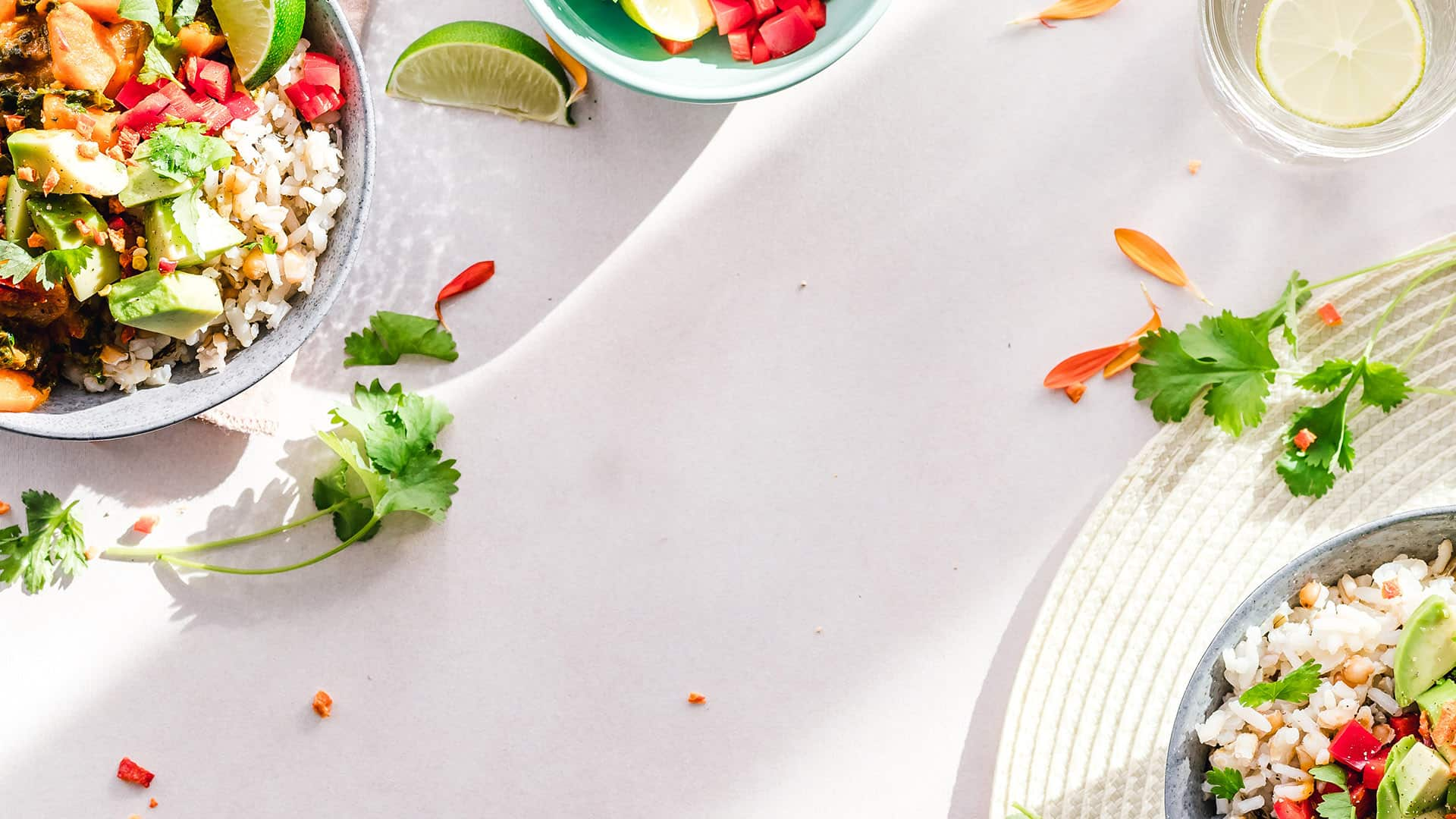

FPP Amsterdam 2025 Speaker Exclusive: One-step wonder – the simple tech behind a plant protein revolution
When Jari Karlsson talks about plant proteins, he’s not merely discussing another meat alternative. He’s imagining how local crops could transform food security – and perhaps even help solve global hunger.
Karlsson is CEO of Happy Plant Protein, a Finnish startup spun out of the VTT Technical Research Centre of Finland. This October, he’ll take the stage at The Future of Protein Production in Amsterdam – a fitting venue for technology he believes can change both the economics and taste of plant-based foods worldwide.
Happy Plant Protein began as an effort to commercialize an intriguing piece of VTT research. “I was invited by Nordic Foodtech VC to lead a commercialization project at VTT Launchpad – their internal incubator program,” Karlsson recalls. “The goal was to bring a patented innovation, developed in-house at VTT, out into the world. Once I got to know the technology, I immediately felt: this needs to be done.”

The innovation at the center of Happy Plant Protein’s story sounds deceptively simple. “Everything happens in one single step: separation, concentration, and texturization. And it starts with regular flour. You put flour into an extruder, and ready-to-use TVP comes out the other end. The process also generates a carbohydrate fraction. Yes, you get two distinct ingredients out of the extruder.”
This one-step method stands in stark contrast to traditional approaches. Typically, producing plant protein isolates involves dissolving flour in chemical solutions, separating proteins from starch and fiber, then drying the result. It’s an energy-intensive process that generates significant wastewater and often leaves lingering off-flavors in the final product.
Extrusion, by comparison, uses high heat and mechanical shear to push ingredients through a die. As water rapidly evaporates, the material expands into new textures – from crunchy snacks to fibrous meat alternatives. For Happy Plant Protein, it’s also the stage where off-flavors are neutralized.
That carbohydrate fraction – a starchy byproduct – isn’t simply waste. “This carbohydrate flour is something entirely new,” Karlsson notes. “We’ve discovered great potential across food categories. It performs especially well in gluten-free baking, snack products, and also in plant–based dairy alternatives.”
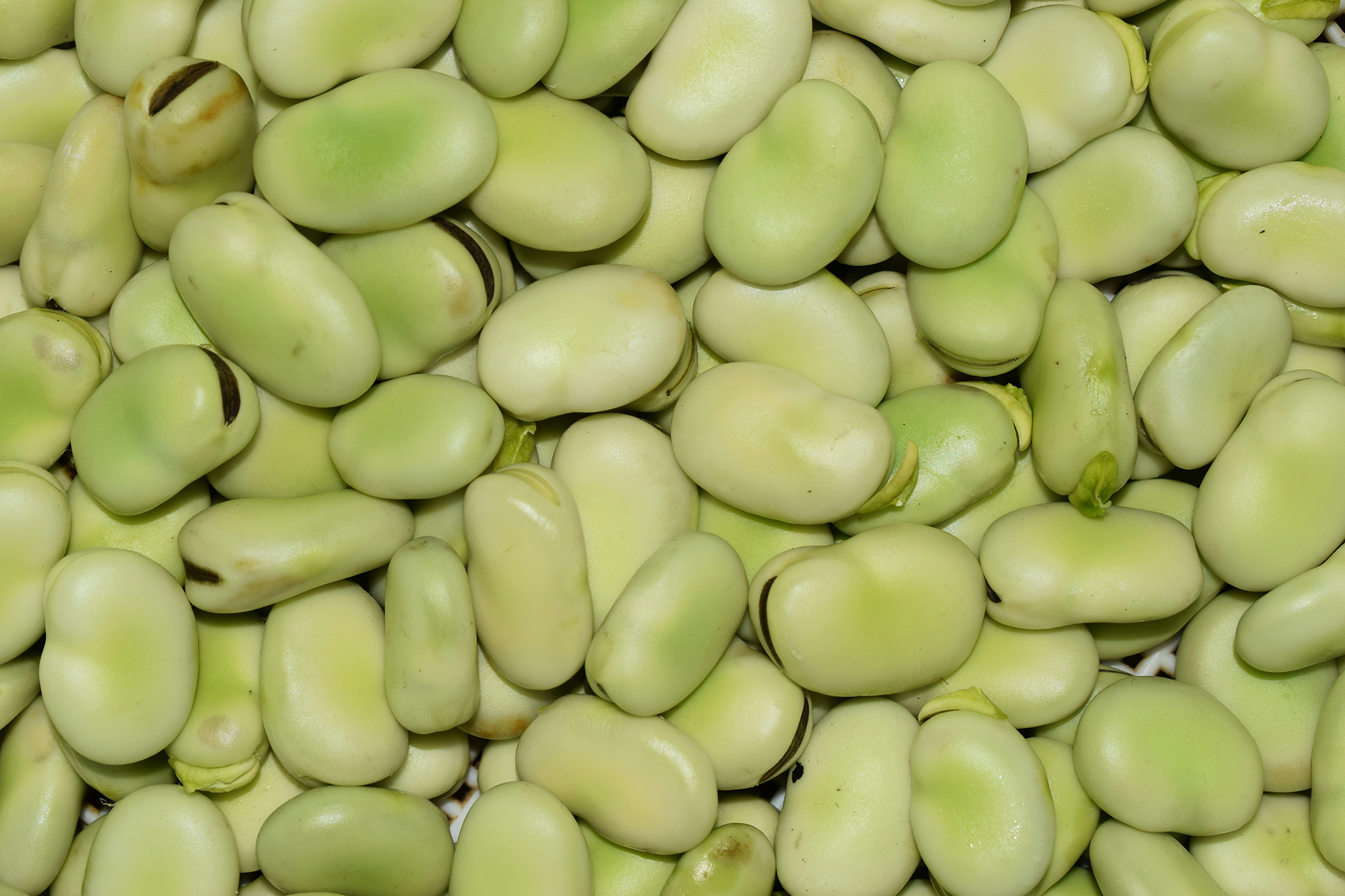
Local crops, global vision
Although the process works with a wide range of legumes and cereals, Happy Plant Protein chose to focus early on pea and faba bean.
“VTT had already tested that the process works with nearly all legumes and some cereals,” Karlsson says. “We chose to focus on the most promising crops on the market: pea and faba bean. From day one, they worked well with the process.”
Karlsson sees applications far beyond Europe’s plant-based market. Many countries still rely heavily on importing expensive protein isolates, creating supply chain vulnerabilities and high costs for local food producers.
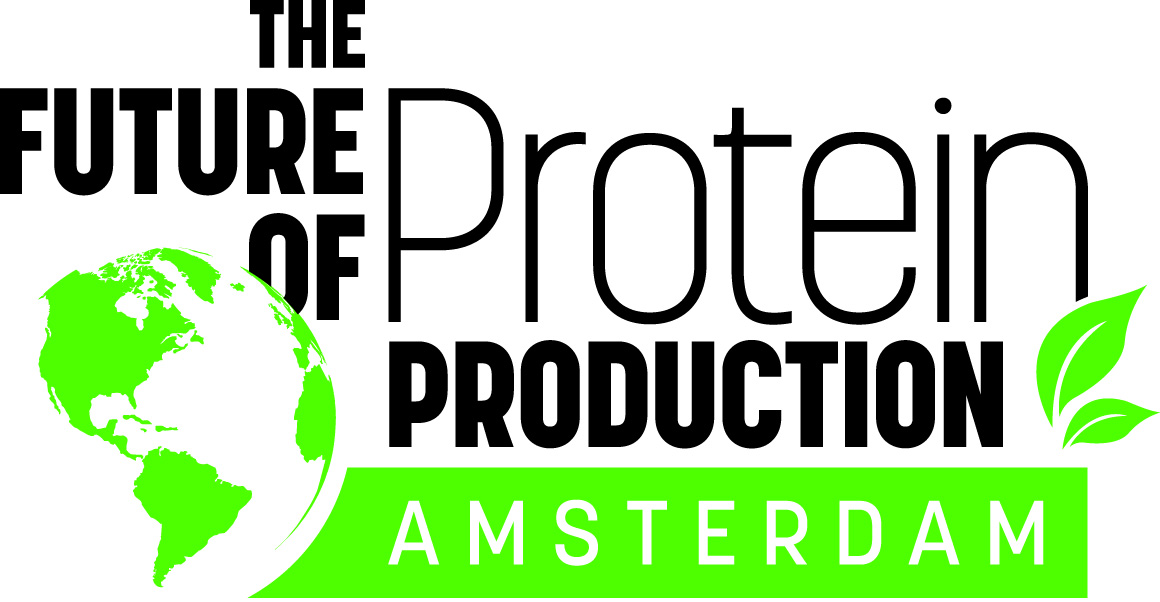
“This technology could be a solution for developing countries, where transforming local flours into protein could be a game-changer,” he says. “I even said during our launch that we aim to solve global hunger with this technology. Go to Africa and make protein from whatever flour is locally available.”
He envisions local mills upgrading affordable flours into high-value protein – dramatically changing regional food economies.
“Imagine this: you’ve got affordable raw material, just flour,” he says. “And now you can upgrade it into high-value local plant protein, for use in local food production. This technology removes major barriers. You can start your own protein production and even improve your country’s food security.”
The shift might be closer than it seems.
“If, for example, a milling company already has an extrusion line, they can begin production almost immediately with just a minor additional investment,” Karlsson explains. “Yes, this is an exciting opportunity for the entire food ecosystem – farmers, cooperatives, mills, ingredient companies, and the food brands themselves. The response has been enthusiastic.”
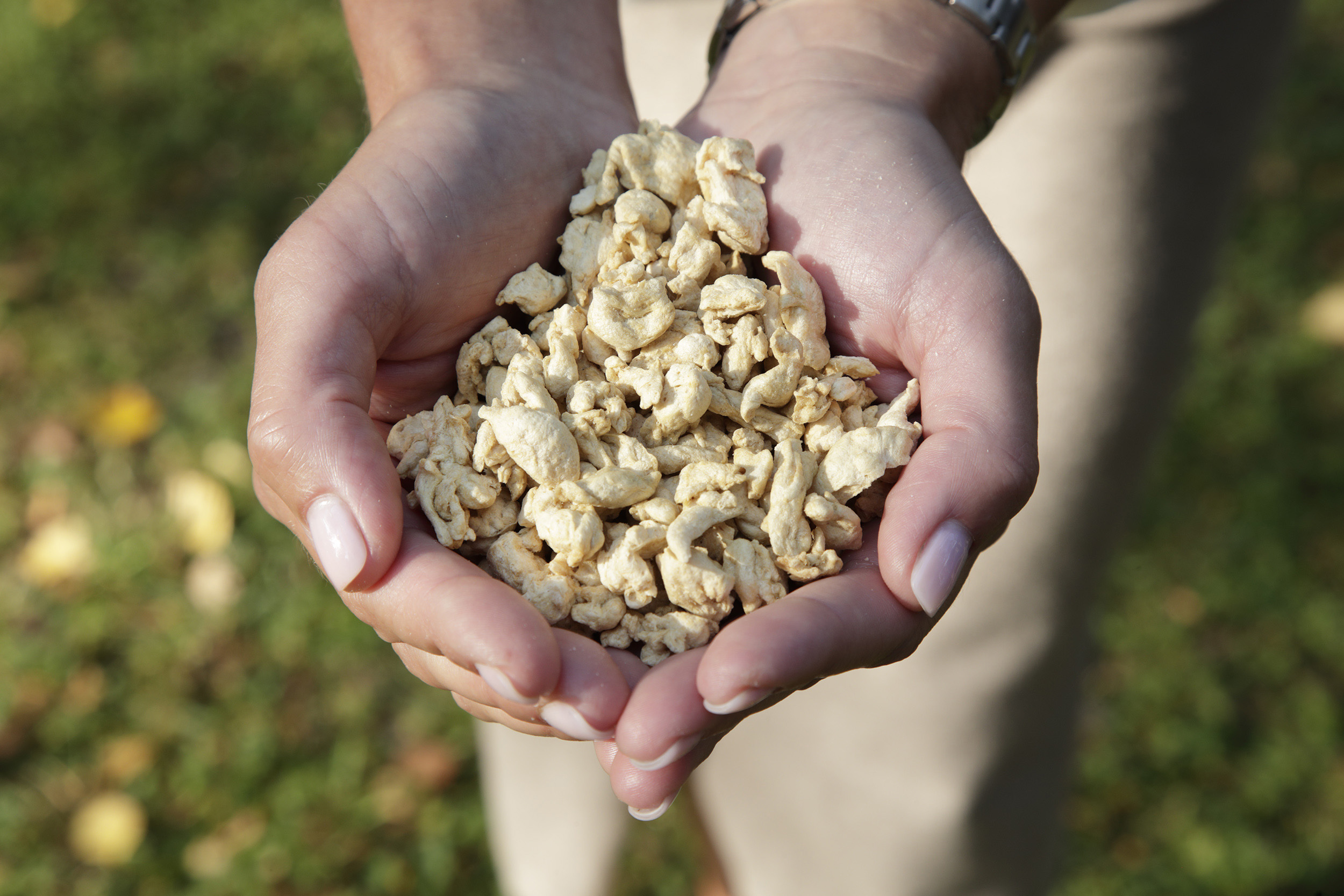
Beyond TVP
Unlike traditional protein isolates – which reach 80-90% protein purity but often rely on solvents – Happy Plant Protein’s fraction sits closer to 65-70%. Yet it offers unique benefits.
“At first, we were just focused on commercializing the technology,” Karlsson says. “But now we’ve created a gem. Technology is just the means; we now have the best protein ingredient on the market. Its taste and cost level are on a whole different plane than existing ingredients.”
Lower protein purity might seem like a disadvantage, but Karlsson argues it’s a worthwhile trade-off.
“We’ve done application tests where our ingredient successfully replaces isolates,” he says. “The key benefits are cost and the fact that no chemicals are used in our process. True, we don’t reach the same protein percentage, but what you get in return is healthy fiber and minerals.”
Applications are already diverse.
“Thanks to its mild taste, our flour can be used to increase protein content in snacks like bars, and it works in wet extrusion, too,” he says. “One surprising discovery: our protein flour works excellently as an egg replacement, such as in mayonnaise.”
In gluten-free baking, the carbohydrate fraction has shown impressive results. It offers elasticity and moisture retention, delivering softer textures compared to typical gluten-free flours. Karlsson believes this opens doors in categories ranging from pastries to alternative dairy products.
Taste above all
For Karlsson, one principle drives everything: taste dictates success.
“I come from a commercial background, and I’ve spent a lot of time in consumer insight,” he says. “I've always believed taste and price will decide the future of plant–based food. If the food doesn't taste good, the consumers will not buy again. Maybe once. Not again.”
He credits their unique extrusion method for neutralizing the raw, bitter flavors that plague many plant proteins.
“The bitterness and raw legume flavor are almost entirely removed. This happens to both output ingredients and that’s the magic of extrusion.”
.jpg)
Cleaner processing, bigger impact
Sustainability is baked into Happy Plant Protein’s approach.
“It is a given for anyone working in plant-based food,” Karlsson says. “But this technology delivers even more. It consumes significantly less energy and generates no wastewater or side streams. That directly reduces the carbon footprint for every company using this method.”
Market analysts see huge potential. The global plant protein market, valued at around US$18 billion in 2024, is projected to grow to US$40 billion by 2030. Yet, companies face a balancing act between innovation, sustainability, and cost.
“If we can offer a solution that’s not only better tasting but also cost-competitive, it’s a game-changer,” Karlsson says.
Scaling the vision
With commercial test runs completed in Central Europe, Happy Plant Protein is preparing for the next phase of growth.
“Right now, both,” Karlsson says, when asked whether the company will license its technology or produce ingredients itself. “Licensing is crucial for scaling. But supplying ingredients directly helps the transition happen faster. That’s why we’re actively seeking contract manufacturers and sales partners in Europe.”
While Finland remains the starting point, Karlsson has broader ambitions.
“Europe is our top priority and our home, Finland, where no local plant protein processing exists and we’re fully reliant on imports. But we also aim to expand into the USA and Asia.”
Karlsson hints at future research that could tailor their process for crops like chickpea, lentil, or even region-specific grains such as sorghum. “We want the process to work anywhere in the world,” he says. “Imagine empowering local producers to make their own protein ingredients instead of relying on expensive imports.”
Yet he acknowledges that no technology is without challenges.
“Scaling production volumes is not trivial,” he says. “And educating manufacturers and consumers about the benefits of a less purified protein ingredient takes time. But the benefits far outweigh the hurdles.”
Karlsson sees Happy Plant Protein fitting into a fast-evolving global protein landscape.
“The future of protein both traditional and alternative is needed. Change is happening, and it must happen. New technologies will complement old ones. I want to hit the gas and make this technology globally accessible.”
For Karlsson, the next era of food innovation may start with the most humble ingredient of all.
“It’s important to realize that the next era of plant-based foods version 2.0 is here,” he says. “The entire ecosystem now has a chance to help create better food through a surprisingly simple approach. What excites us most is that we can offer that opportunity. The time for change is now.”
Jari Karlsson is one of more than 100 speakers taking to the stage at The Future of Protein Production Amsterdam on 29/30 October 2025. To join him and more than 1,000 other attendees, book your conference ticket today and use the code, 'PPTI10', for an extra 10% discount on the current rate. Click here
If you have any questions or would like to get in touch with us, please email info@futureofproteinproduction.com


-p-800.jpg)


